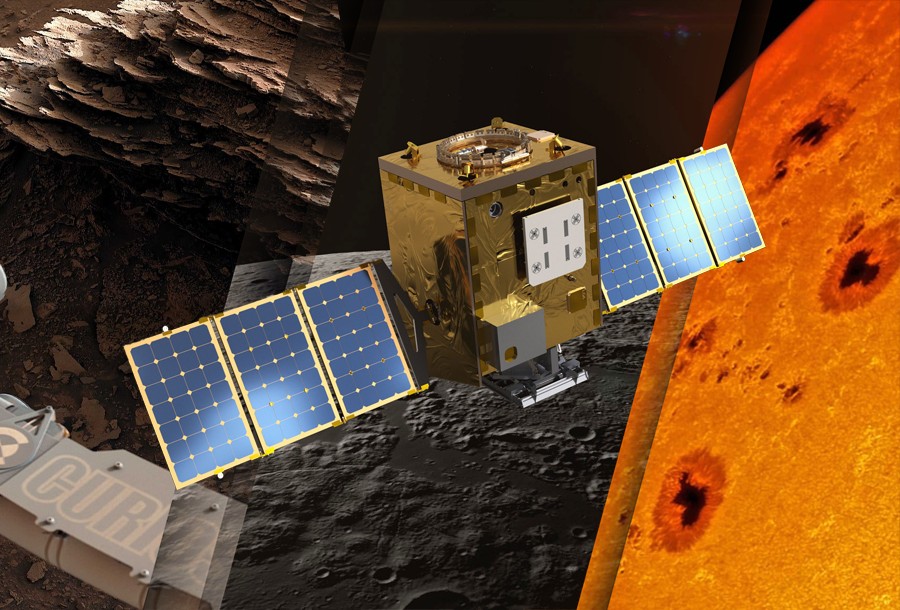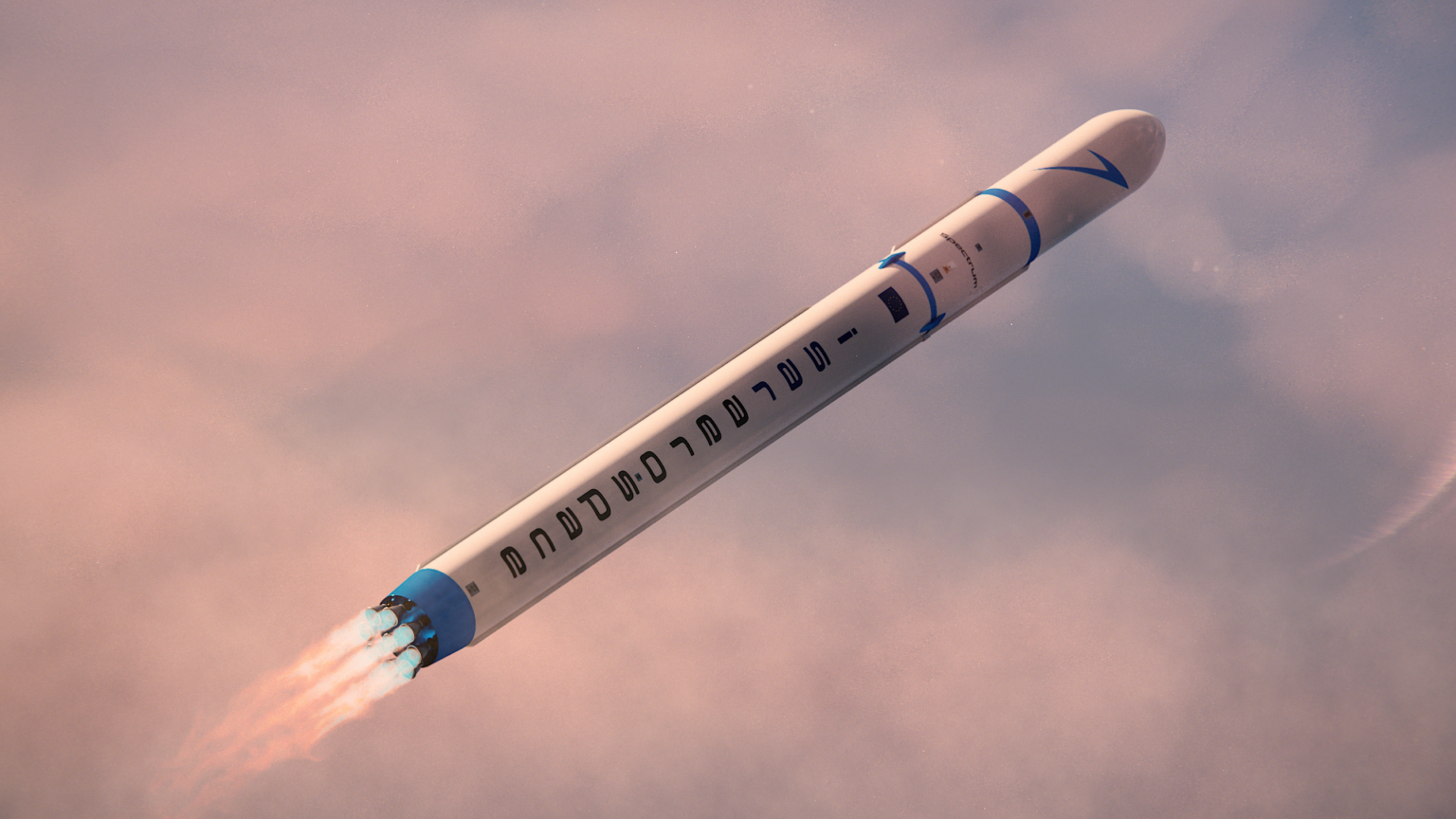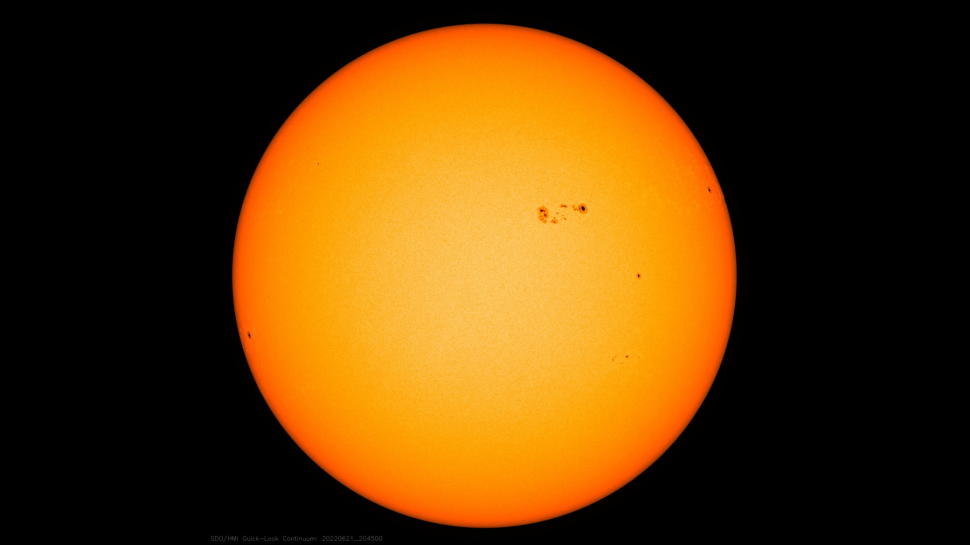Selection of the most interesting space news for breakfast: For the first time in a long time, a unique phenomenon will occur — a parade of planets. Due to the sunny weather, the satellites are going out of orbit, and the Ariane 5 rocket is preparing for retirement.

A rare celestial treat: Parade of planets
The month of June brings a special celestial arrangement for all skygazers. Early in the morning, one will be able to see five planets lined up in the sky, not just on a single day but throughout the month. The last time the planets lined up in the sky like this was March 5, 1864 — that’s 158 years ago. This makes it an event quite rare that an entire human generation passed without witnessing it. The best part about this alignment is that you do not need anything to spot the planets apart from waking up before sunrise.
Wild solar weather is causing satellites to plummet from orbit. It’s only going to get worse.
In late 2021, operators of the European Space Agency’s (ESA) Swarm constellation noticed something worrying: The satellites, which measure the magnetic field around Earth, started sinking toward the atmosphere at an unusually fast rate — up to 10 times faster than before. The change coincided with the onset of the new solar cycle, and experts think it might be the beginning of some difficult years for spacecraft orbiting our planet.
Lunar Trailblazer found a faster “hitchhiking”
NASA has found a new rocket for the Lunar Trailblazer mission. This will speed up the timing of its launch by almost two years. The Lunar Trailblazer is one of three projects selected for implementation in 2019 as part of the SIMPLEx (Small Innovative Missions for Planetary Exploration) program. Its purpose is to study various objects of the Solar System using small probes launched as associated cargo and having a cost not exceeding 55 million dollars.
Market News

D-Orbit ordered the launch of German rocket
German aerospace startup Isar Aerospace has announced the conclusion of a launch contract with the Italian company D-Orbit. As part of the agreement, the rocket built by Isar Aerospace will launch the ION satellite tug into orbit.
Isar Aerospace was founded in 2018. The main activity of the enterprise is the development of a two-stage Spectrum rocket. It will be able to launch up to 700 kg of payload into sun-synchronous orbits. The launch site of the new carrier will be the Anneya spaceport, located on the Norwegian island of the same name. In 2021, Isar Aerospace signed a contract for a 20-year lease of the launch pad.
UK mulls Starlink expansion plan under new NGSO regulations
The United Kingdom launched a public consultation under a recently strengthened licensing regime to consider Starlink’s expansion plans.
SpaceX is seeking to deploy six more gateways in England to meet user demand and improve network resiliency for its non-geostationary orbit (NGSO) broadband constellation.
Starlink already has three gateways across the British Isles, which were approved before Ofcom updated NGSO regulations in December to add new checks on interference and competition risks.
European Space Agency expects NASA backing for suspended Mars mission
The European Space Agency expects strong support from its U.S. counterpart NASA after the agency’s plans to cooperate with Russia on a Mars research mission were suspended due to the Ukraine war. ESA said in March it was suspending cooperation with Russia’s Roscosmos space agency on their joint ExoMars rover mission to search for signs of life on the surface of Mars in the wake of the Ukraine war and sanctions imposed on Moscow. The project was the agency’s largest cooperation project with Roscosmos.
Viasat Rolls Out New Residential Internet Plans, Shareholders Approve Inmarsat Merger
Viasat is rolling out new residential internet service plans in the U.S., pledging to deliver up to 150 Mbps in select areas, ahead of its ViaSat-3 satellite launch. The five enhanced service plans announced Wednesday will deliver download speeds up to 25 Mbps and 150 Mbps in select areas.
The company said the plans offer 4k streaming support, double download speeds in select areas, and unlimited standard data. Cost and data speed vary by area. The new plans are currently available in select markets, with plans to roll out nationwide.
Microsoft, Xplore and NOAA demonstrate cloud-based satellite operations
Over the last year, Microsoft and Xplore worked with the National Oceanic and Atmospheric Administration to show how commercial services could support operations of polar-orbiting weather satellites.
During a proof-of-concept demonstration, NOAA obtained data downlinked from NOAA-18 through an Azure Orbital ground station in Quincy, Washington, to the Azure cloud. Commands to the 17-year-old satellite were sent with Xplore’s Major Tom mission control software running in Azure Orbital.
Ariane 5 is preparing to retire
On June 22, an Ariane 5 rocket was launched from the Kourou cosmodrome in French Guiana. It successfully launched a pair of telecommunications satellites MEASAT-3d and GSAT-24 into geotransfer orbit. The total weight of the two devices (including the adapter) was 10,863 kg. This is only 2 kg less than the mass of the ViaSat-2 and Eutelsat 172B satellite bundles launched in 2017. They are the heaviest cargo sent by Ariane 5 into geotransfer orbit in its 26-year history.
But the 113-year mission of the European carrier was marked not only by almost record numbers, but also by the fact that it marked the beginning of its retirement. To date, Ariane 5 has only four planned missions left, after which it will be replaced by a new Ariane 6 rocket.
Interesting

Sunspot three times the size of the Earth formed
In just one day, the AR3038 spot on the surface of the Sun has doubled. Now it is three times the size of the Earth and is turned in its direction. So far, scientists are talking about the danger of medium-strength outbreaks.
Experts monitoring the activity of the Sun reported that the AR3038 spot doubled from June 21 to 22. Now it is three times the size of our planet and it is turned towards the Earth. If there is an outbreak on it, then all the substance thrown out by it will fly in our direction.
Curiosity captures stunning views of a changing Mars landscape
For the past year, NASA’s Curiosity Mars rover has been traveling through a transition zone from a clay-rich region to one filled with a salty mineral called sulfate. While the science team targeted the clay-rich region and the sulfate-laden one for evidence each can offer about Mars’ watery past, the transition zone is proving to be scientifically fascinating as well. In fact, this transition may provide the record of a major shift in Mars’ climate billions of years ago that scientists are just beginning to understand.
Follow us on Twitter to get the most interesting space news in time
https://twitter.com/ust_magazine

